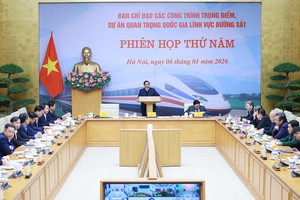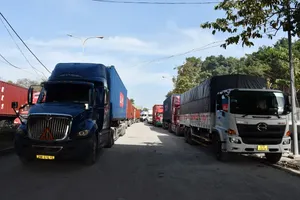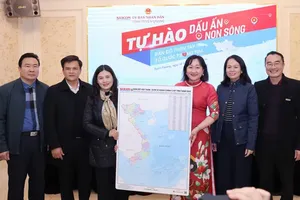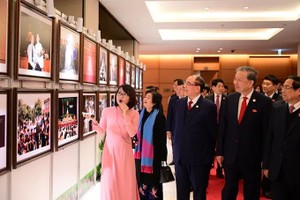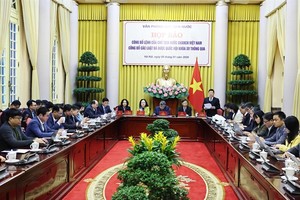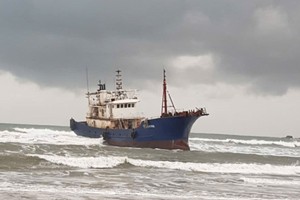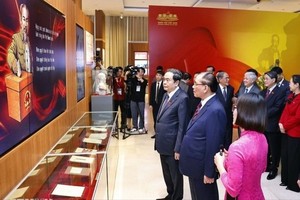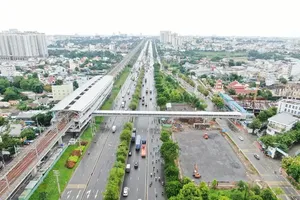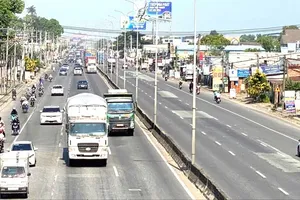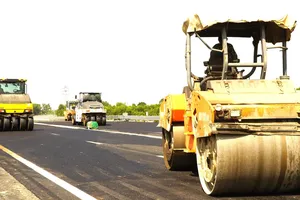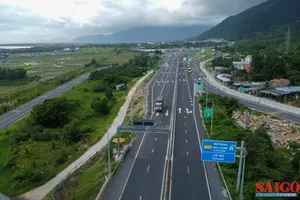
The planning scope of the region includes the entire administrative boundaries of HCMC and five provinces including Dong Nai, Binh Duong, Ba Ria-Vung Tau, Binh Phuoc, and Tay Ninh.
Under the plan, the Southeast region will be developed into a civilized and modern area with a development industry, high income, and a material and spiritual life that takes a leading position in the country. The area will have the largest driving force of growth in the country, dynamic development, and a high growth rate.
It will also be promoted as a center for science, technology, innovation and creativity, high-tech industry, logistics, and an international financial center with high competitiveness in the region and a prominent position in Southeast Asia and development that is on par with major cities in the Asian region.
By 2050, the Southeast region will become a developed area with high income, strong economic potential, and a modern economic structure. It will be a center for science, technology, innovation and creativity, high-tech industry, logistics, and an international financial center ranking among the group of top financial centers in the region and the world.
The region will have modern and comprehensive infrastructure, a Gross Regional Domestic Product (GRDP) growth rate of 7.5 percent per year in the 2031-2050 period, and a GRDP per capita of US$ 54,000 by 2050.
The plan focuses on developing the dynamic Southern region (the national dynamic region) into the leading economic center of the country and Southeast Asia, building HCMC into a smart and modern city linking urban areas with adequate competitiveness, regional and international integration capacity, and important role in the urban network of the region.
In addition, the project also pays attention to forming and developing economic corridors, especially the North-South economic corridor, the Moc Bai - HCMC - Bien Hoa - Vung Tau economic corridor, and industrial-urban-service belts linked to Ring Roads 3 and 4 of HCMC, connecting seaports, airports, international border gates, major trading hubs, urban areas, economic centers, and providing the basis for restructuring regional development space.

